“…Is it true that the bravery of Ashanti is no more? I cannot believe it! It cannot be! If the men of Ashanti fear to fight, then I shall summon my fellow women of Ashanti! We shall fight till the last among us falls on the battlefield!”
Such were the words of Nana Yaa Asantewa, the Queen Mother of the Ejisu district of the Ashanti Empire—which has become part of the Republic of Ghana—just before the great Ashanti war, popularly known as ‘the War of the Golden Stool,’ began.
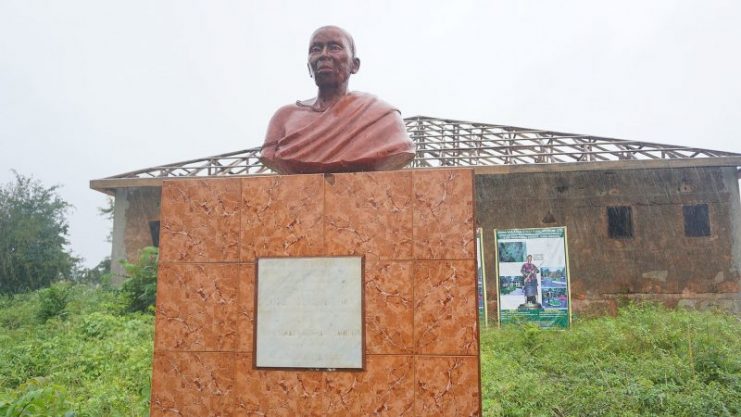
Following the arrival of the British on the Gold Coast—now Ghana— Sir William Edward Maxwell, being a representative of the queen and governor of the Gold Coast, made some diplomatic moves to subdue the region under his power.
The people of the Ashanti Empire, led by their king, Prempe I, alongside the head of Ejisu, would not be so easily persuaded. They repeatedly rejected the British offer to annex the Ashanti region under the British protectorate.
They fiercely resisted the British dominance over their land and their gold, and this struggle would morph into what became known as the fourth Anglo-Ashanti war. During the brief period of this war (December 1895 to February 1896), Prempe I was forced into exile alongside the ruler of Ejisu district and several other members of the Ashanti government as punishment for defying the British authority.
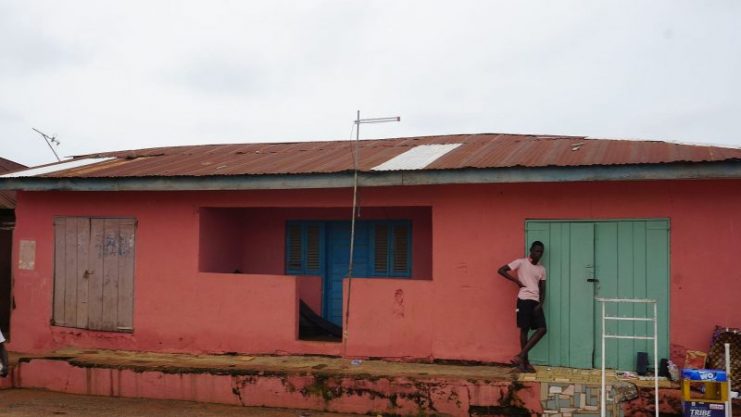
The effect of exiling the Ashanti chieftains was evident in the porosity of their defense, having lost the authority that legitimized their actions. This enabled the British to exploit the valuable assets of the Ashanti Empire.
Meanwhile, following the exile of the Ejisuhene—ruler of Ejisu—Yaa Asantewa, being the exiled ruler’s grandmother, assumed the position of regent of the Ejisu-Juaban district. By this time, Sir William Maxwell had been succeeded by Sir Frederick Hodgson, and the attempts at fully dominating the Ashanti region were still ongoing.
The region had immediately before Prempe I’s exile been signed over to the British protectorate, and its inhabitants had remained calm according to their king’s advice against resistance.
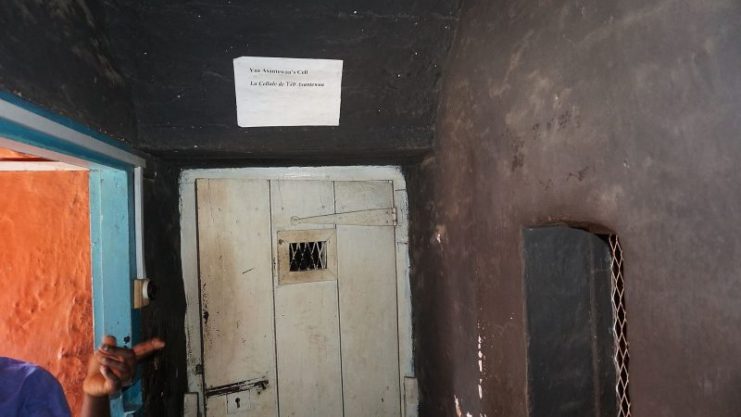
It was known to Hodgson, that a Golden Stool was kept in this region, and he believed that, as the new head of the Ashanti empire, he was entitled to sit upon the Golden Stool instead of the ‘ordinary’ chair he was being offered.
But to the people of Ashanti, the Golden Stool was more than a chair. It was an embodiment of Ashanti’s sovereignty, a sacred symbol of their entire existence, not to be defiled by a foreigner who knew nothing about their roots.
Hodgson deployed a force to embark on a search for the Golden Stool which had been hidden away. And at the same time, Yaa Asantewa summoned whoever was left of the Ashanti government to a secret meeting, to devise means through which they would protect their sacred stool and secure the return of their exiled king.
Several people among the summoned leaders were fearful of the British and didn’t like the idea of a revolt. But by Yaa Asentewa’s determined words, she was able to assemble an army of 5000, and under her command, they instigated the Ashanti-British ‘War of the Golden Stool’. She became the only woman in Ashanti history to have ever led an army.
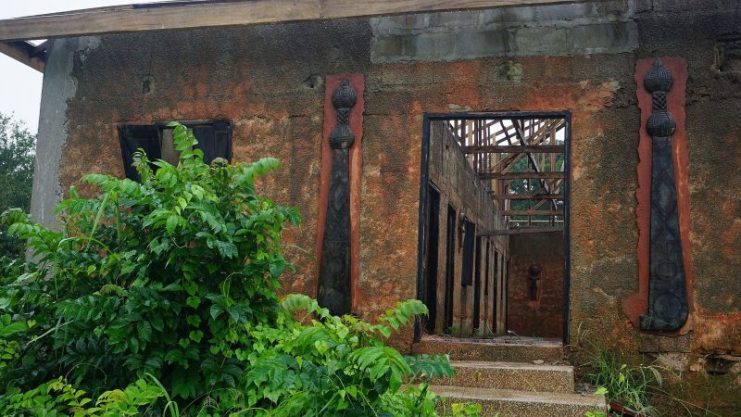
Hodgson’s deputy and his force were ambushed, killing a number of them, and the survivors were only lucky to have escaped due to a sudden rainstorm. Bearing the news of the attack, the soldiers retreated to Kumasi where British offices were located.
The British offices were immediately fortified with high walls, firing turrets, and over 500 armed men. The Ashantis were not prepared to storm the fort, so they settled into a long siege. An assault was launched on 29th April, but it ended up unsuccessful.
Still, the Ashantis did not back down, and they continued to snipe at the British, blocking all roads leading to the town, intercepting the British food supply, and destroying their telegraph wires. This would trap the British in for a while, cutting them off from their supply lines and making communication very tough. An outbreak of disease only added to their problems.
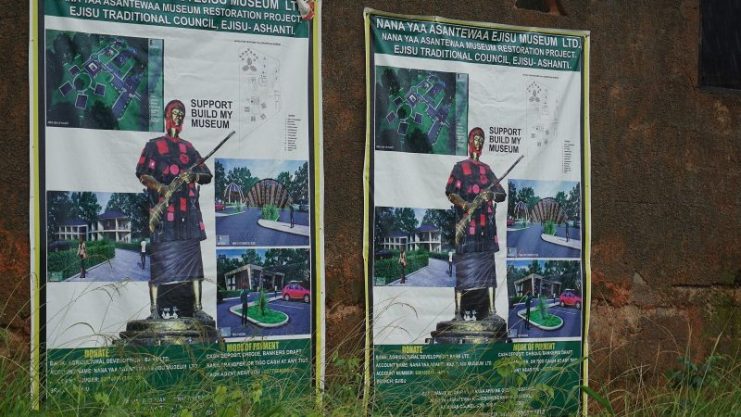
In June 23rd, a rescue party arrived, aiding in breaking the siege, making escape possible for Hodgson, his wife, and several other healthier men. They were still pursued by the Ashanti Abrade Warriors who wounded and killed many of them.
In the following year, the British would make a strike back, and would ultimately conquer the Ashanti lands. Several chiefs of the Ashanti were arrested, including Yaa Asantewa. They were eventually banished to Seychelles for a 25 year period. Within this period in exile, many of them died. Yaa Asantewa died in exile in 1921. In 1924, the exiled king, Prempe I, was allowed to return to his people.

While there is no certainty regarding the number of Ashanti casualties, the War of the Golden Stool cost the British about 1000 casualties. The Ashanti Empire was ultimately conquered by the British and made a protectorate of the British crown.
The people of Ashanti, however, claimed victory in this historic event as they had protected their sacred stool from the British, keeping it from being desecrated by the foreigners.
Yaa Asantewa’s name would be etched deep in the history of the Ashanti and of Africa as one of the greatest female leaders of her people and of that great continent.
